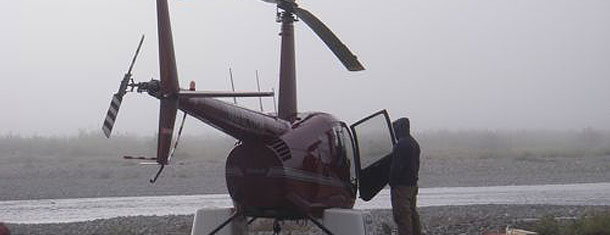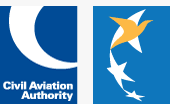
The Helicopter Club of Great Britain is opposing proposed new visibility minima for helicopters on the grounds that new regulations would do nothing to improve safety and may in fact make matters worse.
The CAA wants to introduce minimum visibility of 3km for VFR flight in helicopters and to make VFR flight above cloud illegal, and has proposed to amend the ANO accordingly. In support of its case it quotes nine incidents which its says were due to poor visibility. But the Helicopter Club, an AOPA corporate member, says the imposition of a new one would do nothing apart from detrimentally affect helicopter owners and pilots by restricting the use of helicopters in certain weather conditions, for no perceptible benefit. The remaining two accidents quoted by the CAA involved disorientation at night, and there was no evidence that visibility was 3km or less at the time.
Club secretary Jeremy James says: “while the HCGB is greatly concerned by avoidable accidents, it disagrees with this proposed method of reducing them. The common factor in all of the accidents was loss of visual reference, and not reduced forward visibility.”
The HCGB also opposes proposal to prohibit VFR flight above a cloud layer. Jeremy James says: “Provided the climb above cloud and the subsequent decent can definatly be made in compliance with the Visual Flight Rules, there are considerable safety benefits to flight above cloud, out of sight of the surface.
Flight over a fog-filled valley or above hill top cloud is much safer than the alternative of creeping along in poor visibility and at low level to remain in ground contact. Fog banks can be encountered over water, and it is generally much safer to fly over than under them.
Whilst clearly only experienced pilots should should fly on top, rules intended for less experienced pilots should remove this safety-enhancing capability. We do not know of any helicopter accident that has been caused by such 'on top' flight, and it should most definatly not be prevented.
The current rule of ‘...a speed, which having regard to the visibility is reasonable...’ is a good one, as it takes into account the helicopter's unique ability to slow down and stop. Pilots use this ability to allow themselves a ‘comfortable’ flying time that they can see ahead. Indeed some countries (e.g. France) express a forward visibility rule in terms of flying time, for example, stating that pilots must have 30 seconds flight time forward visibility. Such a rule would acknowledge the unique capabilities of the helicopter, is flexible, and achieves the aim of preventing flight into cloud, without and arbitrary distance limit which could well be inappropriate most of the time. It is no less enforceable than the proposed rule”
